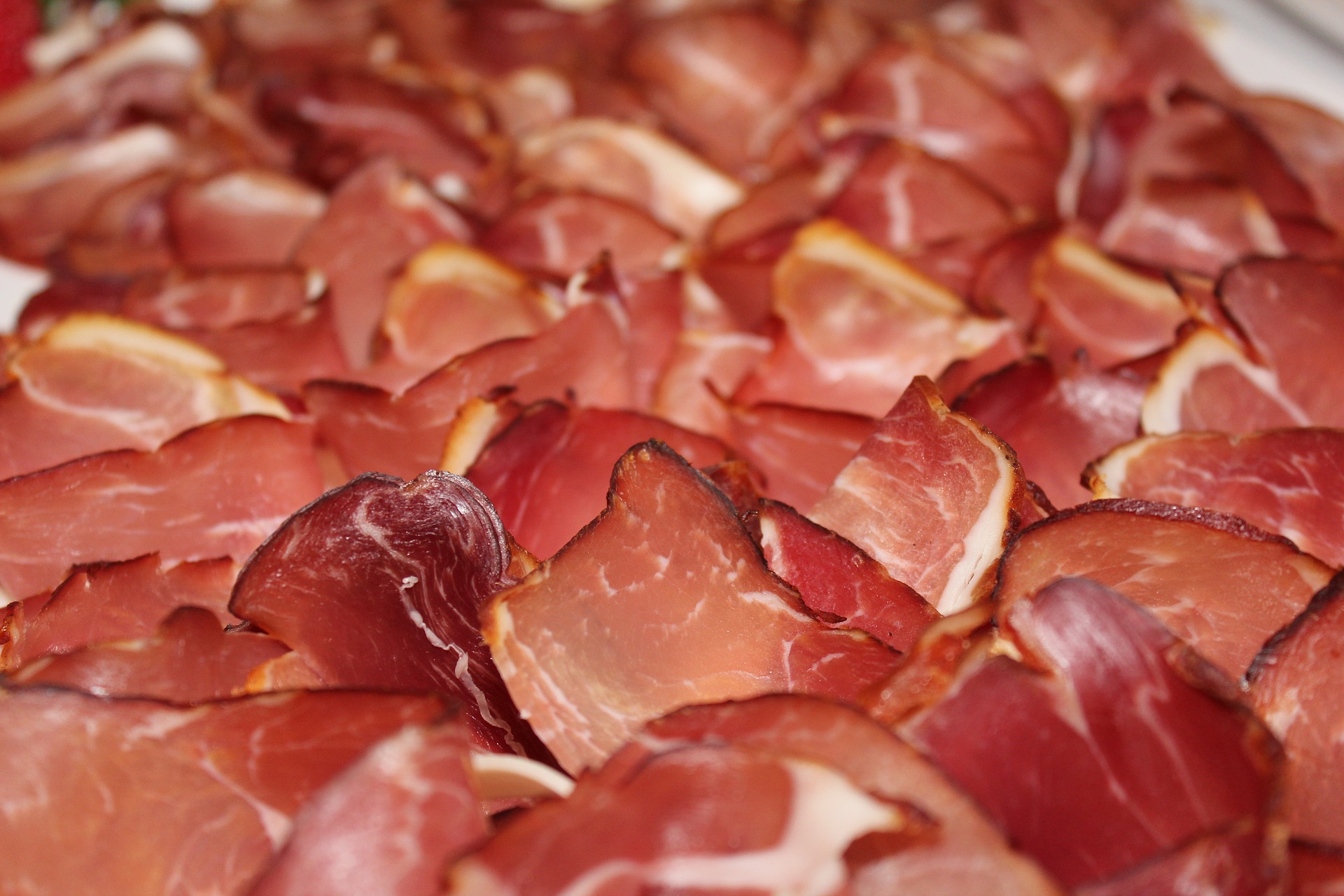Childhood leukaemia – preventable?

Writing in the journal Nature Reviews Cancer, Professor Mel Greaves of the Institute of Cancer Research said a combination of a genetic mutation while babies are still in the womb, followed by an infection with an unknown bacteria or virus, is the most likely cause of the blood cancer. This second event is called an environmental trigger, it can be a bacteria, a virus or something else that you are exposed to, like something in your diet for example. It happens in other diseases – we know that the early exposure to proteins in cow’s milk can trigger type 1 diabetes in some children.
The precise mechanism triggering childhood leukaemia has not been worked out yet. Other studies have suggested the trigger may be a substance found in cured and processed meats.
A study, published in the British Journal of Cancer found that total cancer incidence was significantly lower among vegetarians compared with meat-eaters. This 2009 EPIC study, (part of the European prospective investigation into cancer and nutrition), followed 61,566 people over 12 years. During this time, 6.8 per cent of meat-eaters but only 4.0 per cent of vegetarians were diagnosed with cancer.
Many other studies have found lower rates of cancer in vegetarians and vegans. However, this study revealed a striking difference in the risk of blood cancers (including leukaemia, multiple myeloma and non-Hodgkin lymphoma) between the dietary groups. They found that 180 meat eaters developed blood cancers, while only 49 vegetarians developed the diseases.
Another 2009 study, published in the journal BMC Cancer suggested a possible reason why cured meat and fish might increase the risk of childhood leukaemia. They identified the nitrates and nitrites found in processed meats (and smoked cheeses) cured and processed meats which lead to the formation of carcinogenic N-nitroso compounds (NOCs) in the stomach.
NOCs are a class of potent human carcinogens. Results of this second study showed that eating cured and smoked meat and fish more than once a week was associated with a 74 per cent increased risk of acute leukaemia. Interestingly, a higher intake of vegetables and bean-curd (tofu) were both associated with a 45 per cent lower risk.
Nitrite is used to preserve processed meat as it is extremely toxic to bacteria and serves, for example, as an antibacterial agent against the potential tummy bug Clostridium botulinum. Nitrite also produces the characteristic red-pink colour of cured meats and gives cured meat its flavour. The difference in colour seen in raw cured meat like salami (dark pink, almost red) and cooked cured meat like frankfurters (paler pink) is due to the presence of nitrite.
People who eat cured and processed meats have higher levels of NOCs in their gut. One study found the faecal content of NOCs was 60 times higher in volunteers given cured meat than in volunteers given a vegetarian diet.
Acute lymphoblastic leukaemia (ALL) is the most common type of childhood cancer, with 500 cases diagnosed in the UK each year. Around 90 per cent are cured but if some could be prevented by simply changing the diet, would it be an obvious choice?
Find out more about the hazardous substance in meat here: www.vivahealth.org.uk/resources/meat-truth-report




